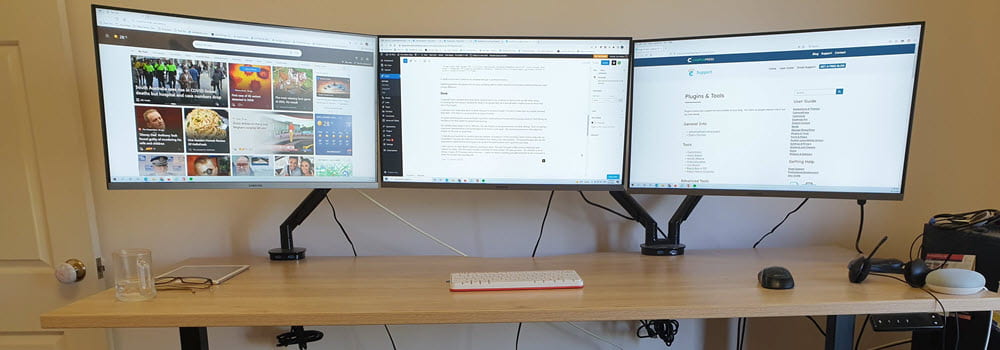Contrary to popular belief I do actually go out. Today I had to take the kids to swimming lessons, which goes for 45 minutes, so it is a good opportunity to catch up on some reading, so I bought myself a Smartphone and Pocket PC magazine to read while I watched them swim (oops was I meant to watch?). Yes I know, probably not the normal magazine a mother would read while her kids do swimming lessons but it really does have excellent articles on PDAs and was well worth the read.
Their article on “The 4 Most Common Mobility Myths” really made me think because mobilising and equipping our vocational and educational training workforce to meet training needs is an important issue in Australia. There is a strong emphasis in Australia to de-institutionalise VET training (move from solely campus based delivery and embrace workplace training as well as industry and community workplace planning & development). Lecturing staff will need to be equipped with mobile devices that both increase their mobility plus enhance their work practices. There will be increased need for training to include e- & m-learning solutions for this transformation of TAFE colleges to occur.
Read what Smartphone and Pocket PC magazine (Feb/Mar 2007 Vol 10, No 1) says about the future of Mobility:
“Corporation limit mobile deployments due to a lack of imagination. They’ve become too focused on the components and are missing the bigger picture. Mobility right now is like the Internet was in 1996; then everyone discounted the Internet, or worried that it would just encourage employees to play games.
Now, companies understand that the Internet is a tremendous resource for accessing and exchanging information, and a powerful platform for commerce. Likewise, companies need to embrace mobility instead of being afraid of it.”
My thoughts on implementing mobility in the TAFE sector:
- Focus on the desired outcome before focusing on the technology – Consider what we are really trying to achieve. For example; a workplace assessor who has 50 trainees (able to select from 50 units). This person is going to have to assess and visit lots of trainees in the workplace plus record lots of evidence of these visits and any assessments. If they need the mobility to assess the trainee while the trainee is doing the task in the workplace will a laptop give them adequate mobility while they are conducting the assessment. Unlikely – a PDA may be a better option.
- Recognise there is a level of individuality – Individuals will have different personal preferences for which mobile device ends up suiting their needs. For example, some people love the idea of a PDA with inbuilt phone, others prefer separate phone and PDA, and others will not like to use a PDA (e.g. small screen size) and prefer to use a small Tablet PC. We can not nor should not expect one solution to fit all scenarios and all individuals.
- Realise that individuals will not know their needs until they actually trial possible solutions – If you asked a person before they ever used a PDA what features they needed, undoubtedly they would choose a model with a large screen, keyboard and phone enabled (and most likely when they get it they will find it is less mobile/desirable than a smaller device). They will have based their decision on their knowledge of PCs because most of them probably have no idea of what a PDA is. Far better to trial a few different types of mobile devices based on advice from people (even if it is outside the organisation) who have had a reasonable amount of experience with a range of mobile devices.
- Back up implementation of mobile technology with adequate professional development to ensure the devices will be used effectively – without adequate professional development the full potential of these devices will not be recognised (may become good for playing games or packed away in the cupboard). For most of these devices, extensive PD is necessary and should include not one but several PD workshops (with adequate time between workshops to practice skills).




Leave a comment